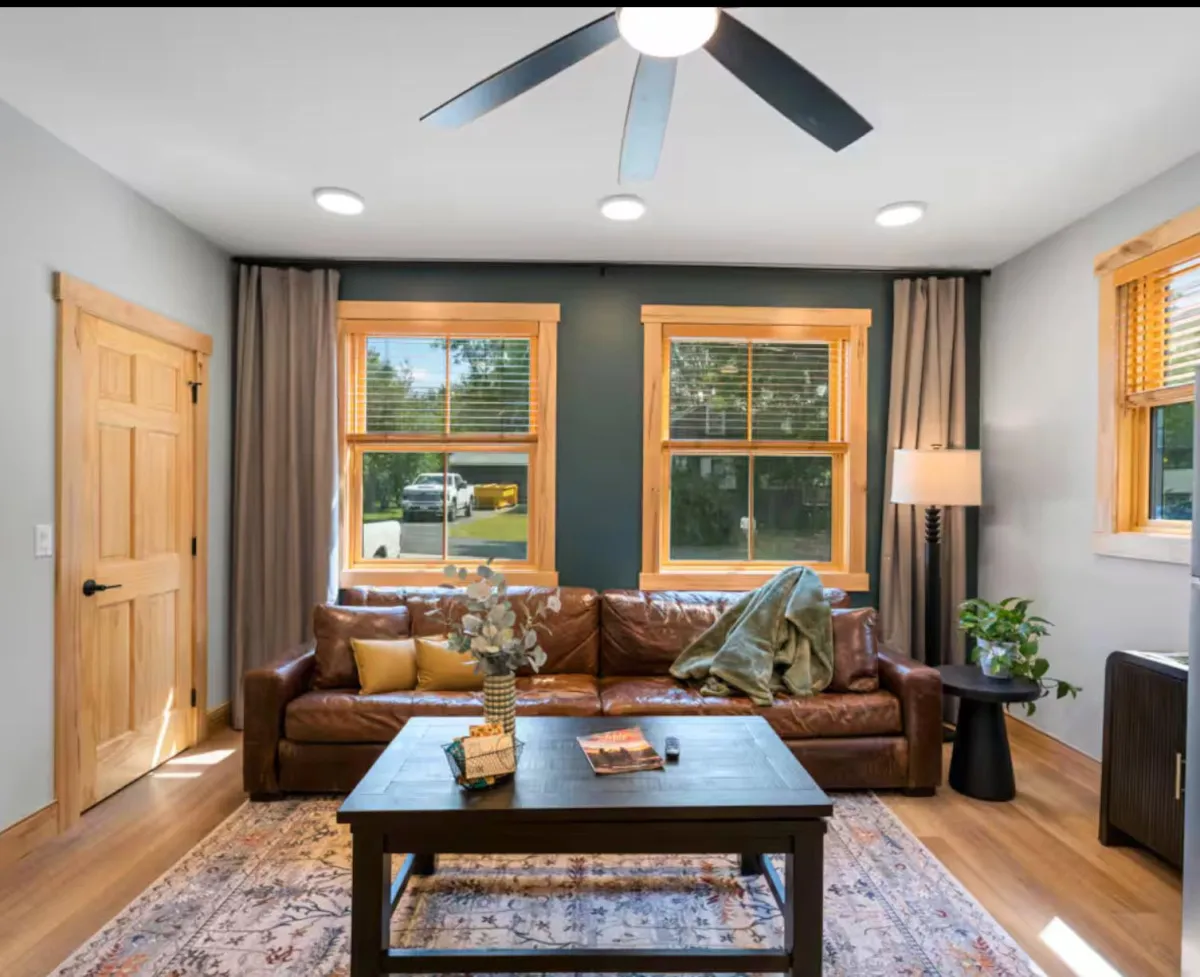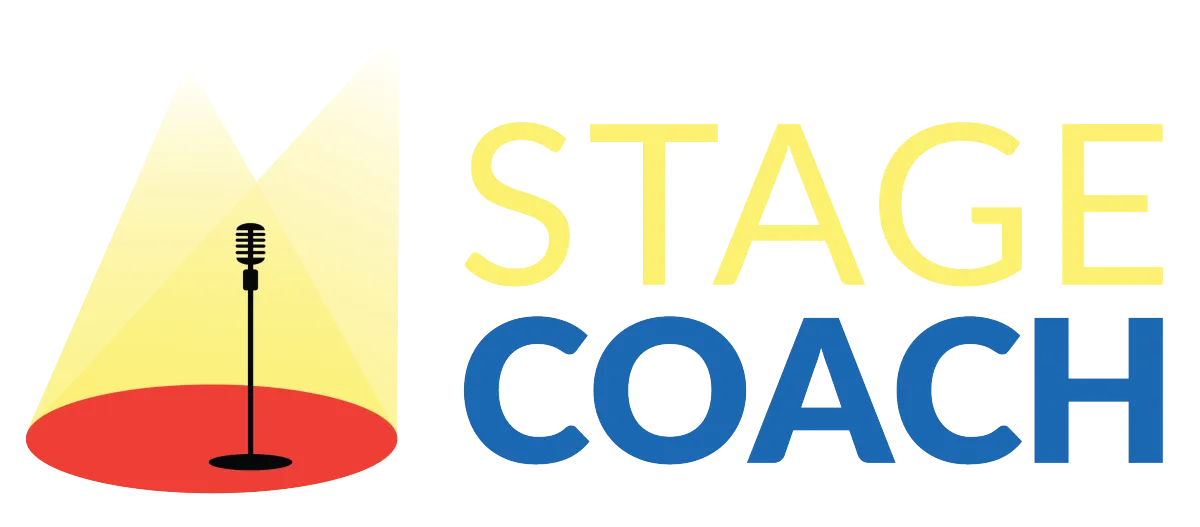Welcome to Speaker Tips
Practical Communication Help from Alan Hoffler – Keynote Speaker, Author, Teacher, and Public Speaking Coach
Whether you're giving a keynote, leading a meeting, or presenting online, strong communication skills are essential. Here, you'll find expert insights on storytelling, presentation techniques, audience engagement, and more—everything you need to speak with impact.


The Box
Recently, my summer vacation plans conflicted with my professional responsibilities. I was scheduled to deliver a seminar in the middle of a week where I was planning to enjoy some cool mountain air. Fortunately, this wasn’t a trip off the grid, so I just had to take my presentation setup on the road.
For most people, that’s pretty easy. You just need a laptop. It’s got a microphone and a camera. WiFi or cell coverage is usually good enough to carry the signal. But I also want to practice what I preach, so I aspire for a little more professional setup.
The AirBnB we were staying in had plenty of internet bandwidth. Check.
I cleared my schedule to make the time to present. Check.
I had all I needed (laptop, camera, mic, extra monitor) to manage an online presentation. Check. Check. Check. Check.
But… the facility. Not so great. Oh, it was great for vacation. But not great for presenting. The only workable spot available was the living room. I didn’t notice on booking, but there was no table, save for the coffee table. It had two height settings?, low (as in the picture) or high with some fancy spring design that made it pop right up. But the couch was a low-rider and the table top would have been about chin level. I could sit on cushions, but that left me off balance.
Then there was the lighting. The professional picture makes it seem really bright, but in the mid-afternoon when I was presenting, the sun was shining in through the windows and the lights weren’t nearly as bright as they seem in the picture. Plus, the light was all from overhead, leaving shadows on my face.
Necessity is the mother of invention, so I improvised and made do.
I settled on just sitting low, with my outboard webcam adjusted appropriately.
I moved the curtains to cover the windows, eliminating the bright backlight that would leave me silhouetted.
I took the mirror off the wall and propped it on some furniture and pillows so that the overhead light would shine into my face, eliminating shadows.
I used cushions to deaden the echo around my spoken voice.
I usually present with seven concurrent windows open, so I travel with an external monitor. I was able to move a nearby TV within range of an HDMI cord to give me even more screen real estate.
The behind-the-scenes picture of my setup is comical. But all that matters is “The Box” -- what my audience saw on their screens. This low-resolution screen capture shows what they saw.
I count on this principle in my home office and studio as well. My desk is a mess. My studio is littered with backdrops and lighting poles and alternate wardrobes on hangars and various equipment and props. But in the picture… all the user sees is what I want them to see (most of the time, it’s maddening when you leave a roll of tape on a desk in the background! There are some Easter Eggs in our videos!)
This is easy to justify and manage for online and video. Even TV stations and movie sets are a total work in progress. But the real principle here applies to in-person presenting as well.
The thing that matters most is what the audience experiences.
The number one place this shows up is with the greatest concern we hear from speakers: What can I do about my nerves and anxiety? Maybe not much, but you can do a LOT about your behavior: Sit still. Look your audience in the eye. Learn to pause. Smile. Never let them see you sweat. Look good in The Box you are given, whether it's a live stage event, a conference room, or online.
We teach all this in our two online courses YOU are the Presentation and Confidence in Speaking (Note: The second course is not what most attempt to teach, Speaking With Confidence. There is a difference.). And all these skills (and more) are covered in our in-person skills workshops. Our next two-day public class is in Raleigh Sept 8-9… a GREAT place to get PRACTICE in the skills that your audience needs to see you use.
Three principles about letting the audience see what they need to see:
Change what you can.
There is no reason not to fix what is in your control. External webcams and lights and monitors are cheap. Backdrops can be made out of sheets and curtains. You can move the clutter.
Look the part.
This doesn’t happen by willpower alone. It takes practice. But you can look amazing, even if you don’t feel amazing. Focus on the skills and behaviors that your audience wants to see from you. Stand/sit still. Look at the audience (camera) directly. Speak loud. Stop. Eliminate the nonwords and distractions.
Don’t let on.
If they don’t know, they don’t need to know. Don’t give excuses. Don’t talk about your imposter syndrome or internal feelings or nerves or (lack of) preparation or whatever else has caused you stress. Just. Be. Good.
Make whatever experience you have in communication a great experience for your audience. Control what they see in The Box.
Communication Matters! What are you saying?
Alan, your Online Stage Coach

